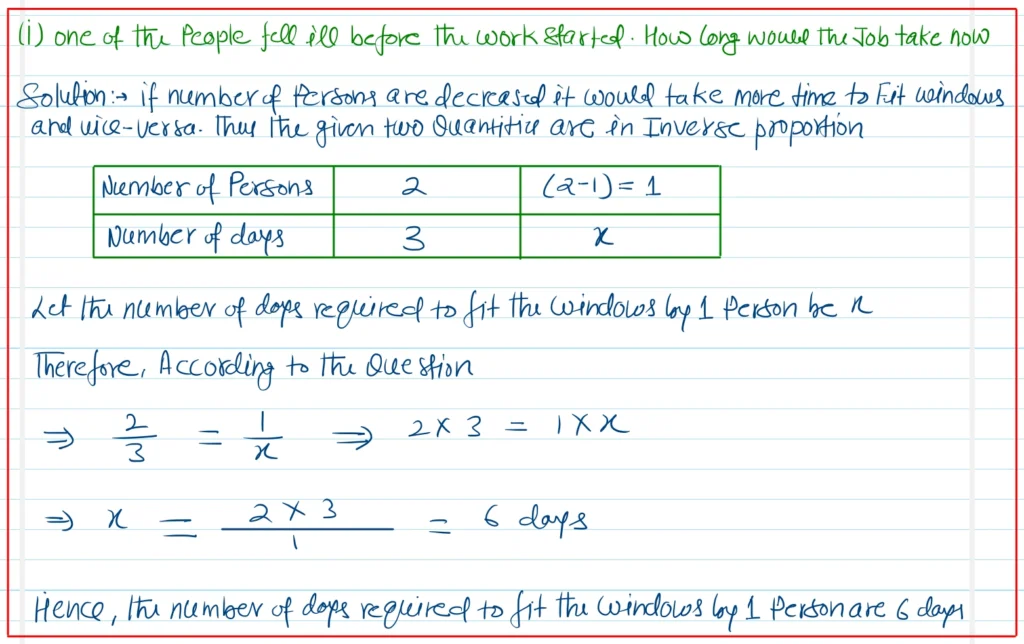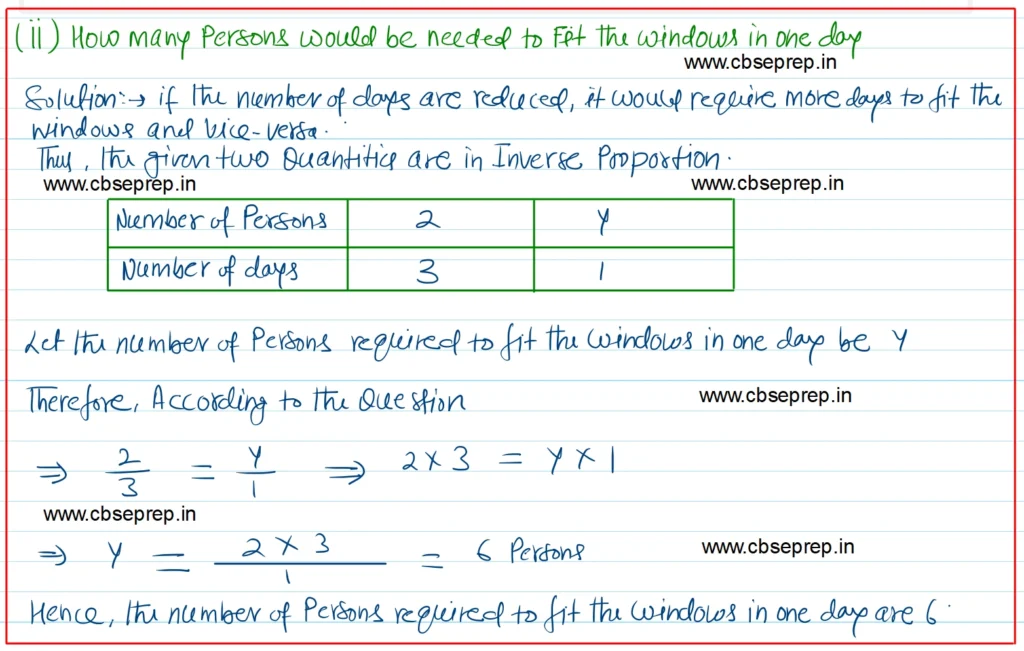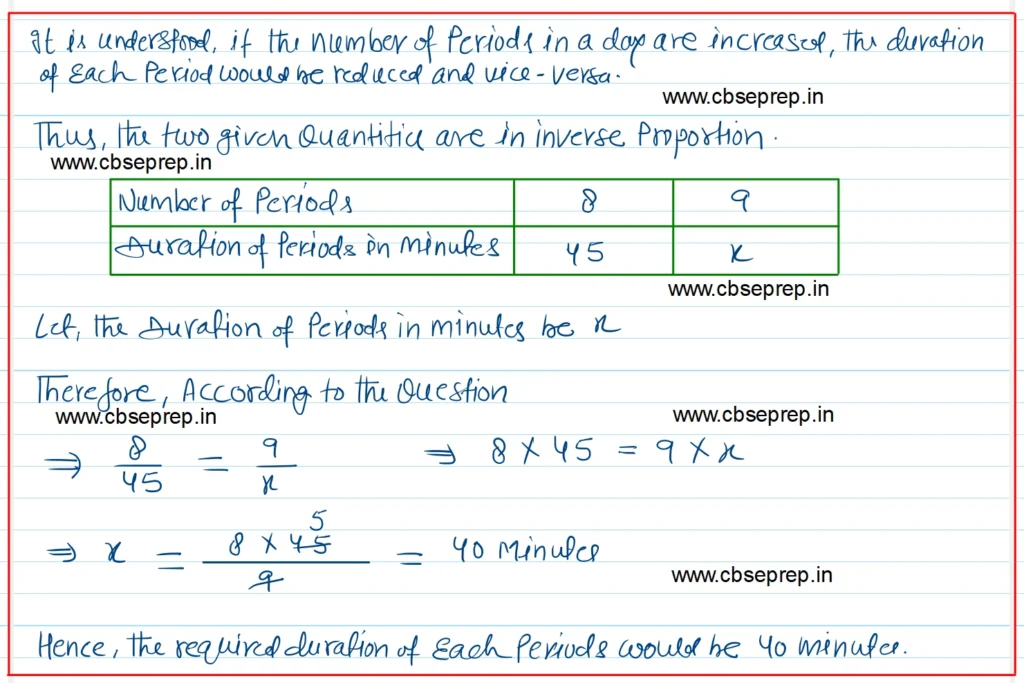NCERT Solutions for Class 8 Maths Chapter 11 Exercise 11.2
NCERT Solutions for Class 8 Maths Chapter 11 Exercise 11.2 Direct and Inverse Proportions in Hindi and English Medium updated for CBSE 2024-25 exam. Get here the revised solutions of ex. 11.2 class 8 mathematics based on new syllabus and NCERT books issued for academic session 2024-25.
Q. 1 Which of the following are in inverse proportion?
(i) The number of workers on a job and the time to complete the job.
(ii) The time taken for a journey and the distance travelled in a uniform speed.
(iii) Area of cultivated land and the crop harvested.
(iv) The time taken for a fixed journey and the speed of hte vehicle.
(v) The population of a country and the area of land per person.
Answer:-
(i) The number of workers on a job and the time to complete the job.
Ans: Since, increase in the number of workers, reduces the time taken to complete the task. and decrease in the number of workers, increases the time taken to complete the task. Thus, it is an inverse proportion.
(ii) The time taken for a journey and the distance travelled in a uniform speed.
Ans: As it is understood, if we increase the time, the distance covered with uniform speed is more. on the other han, if time is reduced, the distance covered with uniform speed is less. Thus, it is not an inverse proportion.
(iii) Area of cultivated land and the crop harvested.
Ans: As we knoe, more is the cultivated area, the more number of crops can be harvested and vice-versa. it is in a direct proportion. Thus, it is not an inverse proportion.
(iv) The time taken for a fixed journey and the speed of the vehicle.
Ans: If we travel a fixed distance with a high speed. the time taken to complete the journey is less. and on the other hand, if the speed is less, the time taken is more. Thus it is in inverse proportion.
(v) The population of a country and the area of land per person.
Ans: As the population of a country increases, the area of the land per person will decrease as more people will acquire the land for themselves. Thus, this is an inverse proportion.

Solution:-
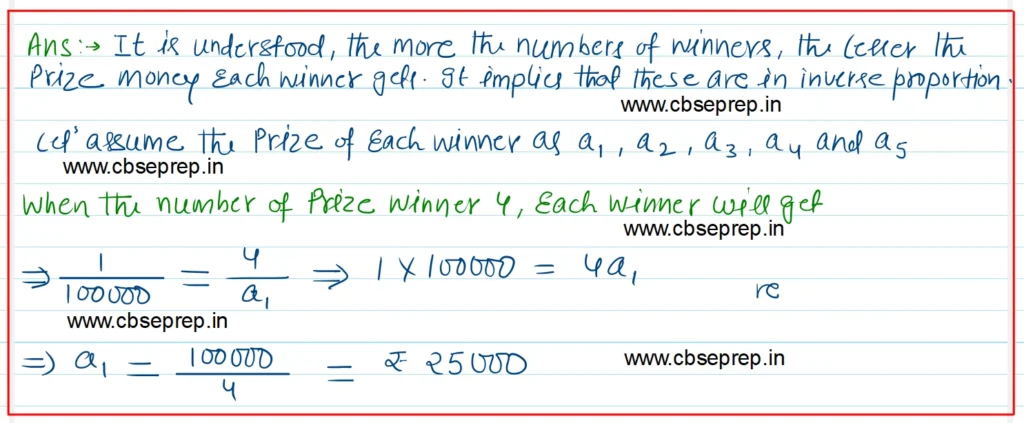
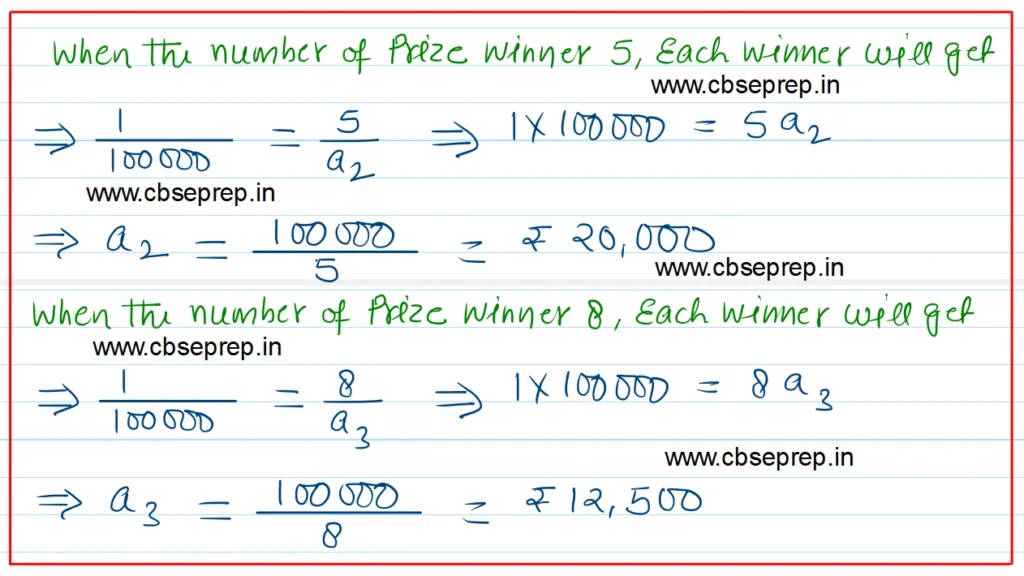
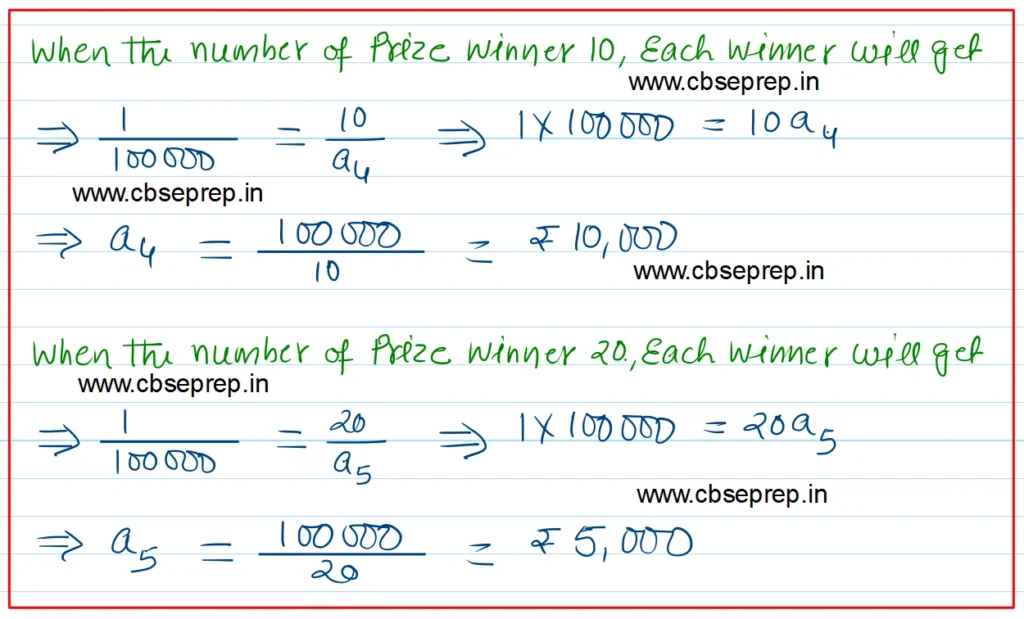
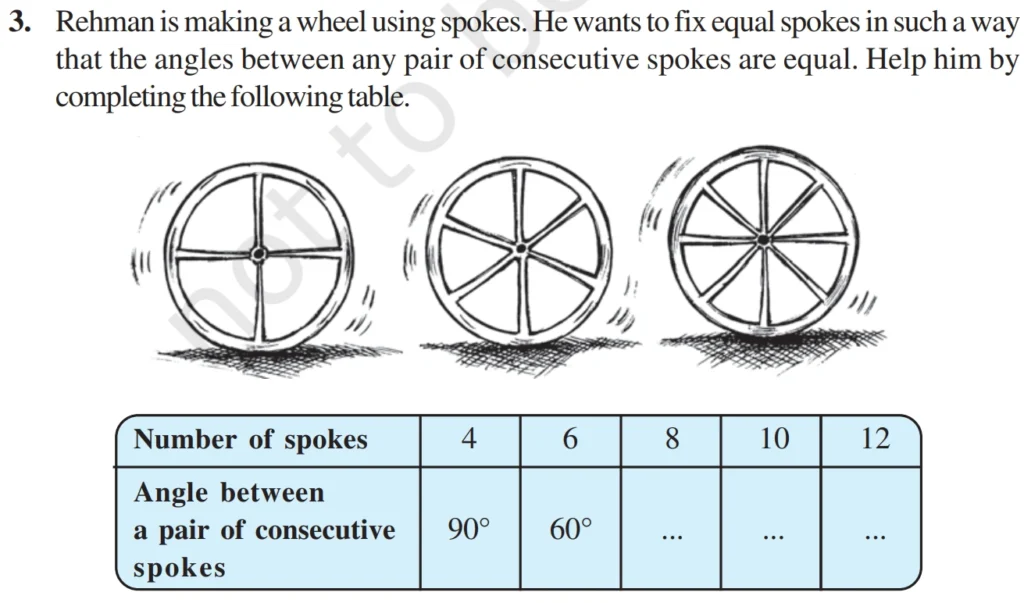

Solution:-
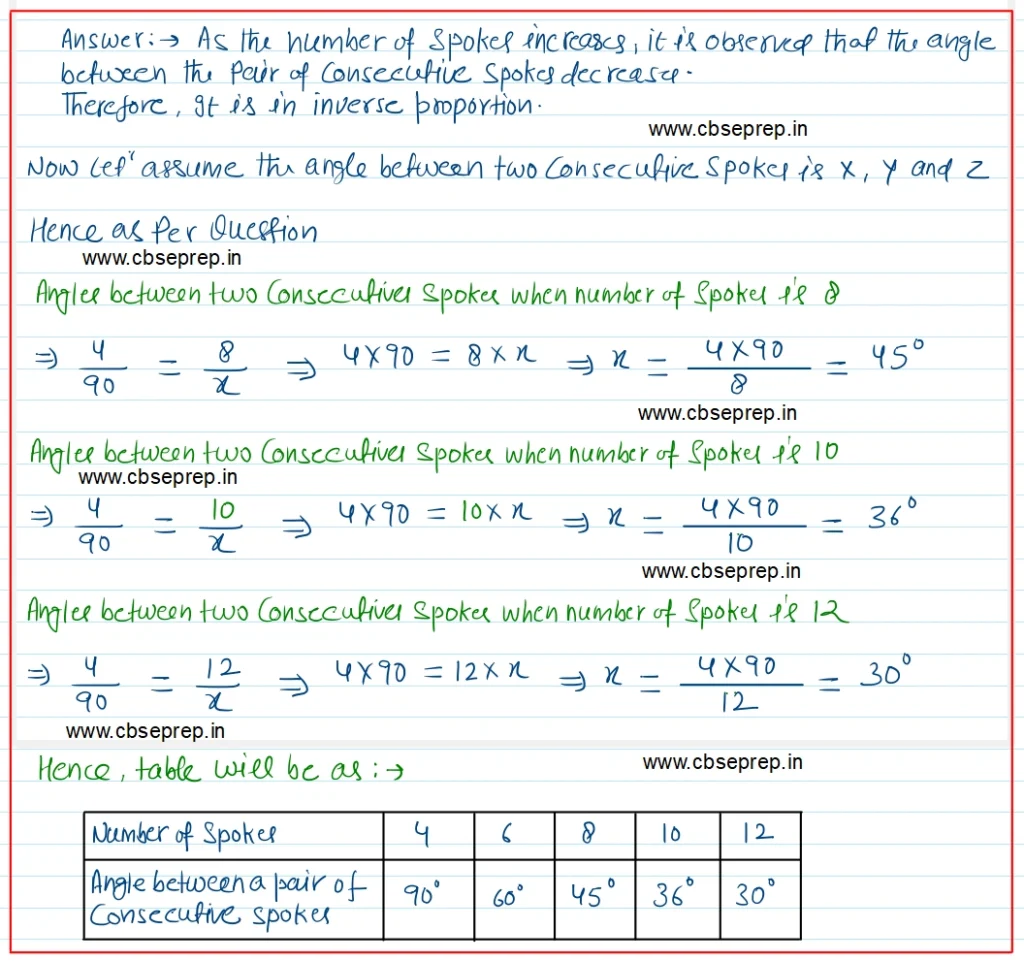
(i) Ans.:- As the number of spokes increases, we can observe that the angle between the pair of consecutive spokes decreases. Therefore, this implies they are in inverse proportion.
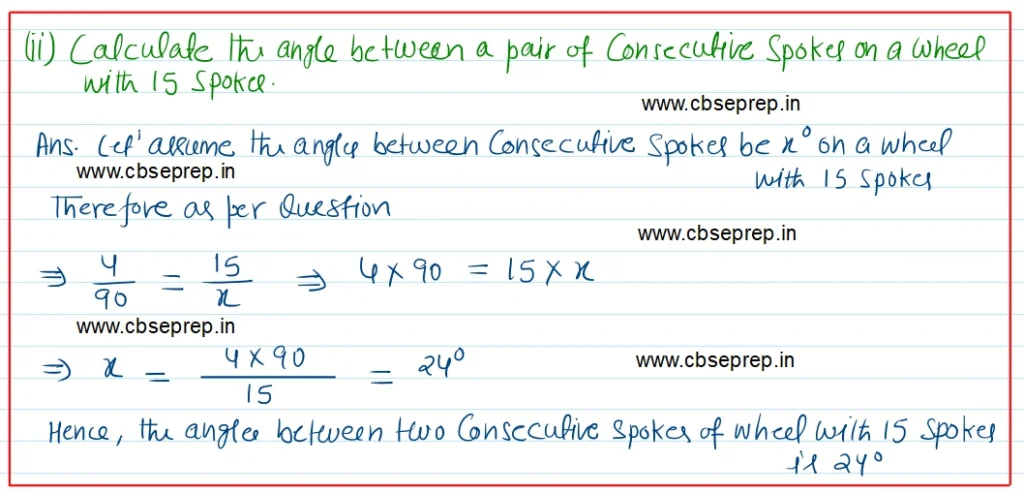
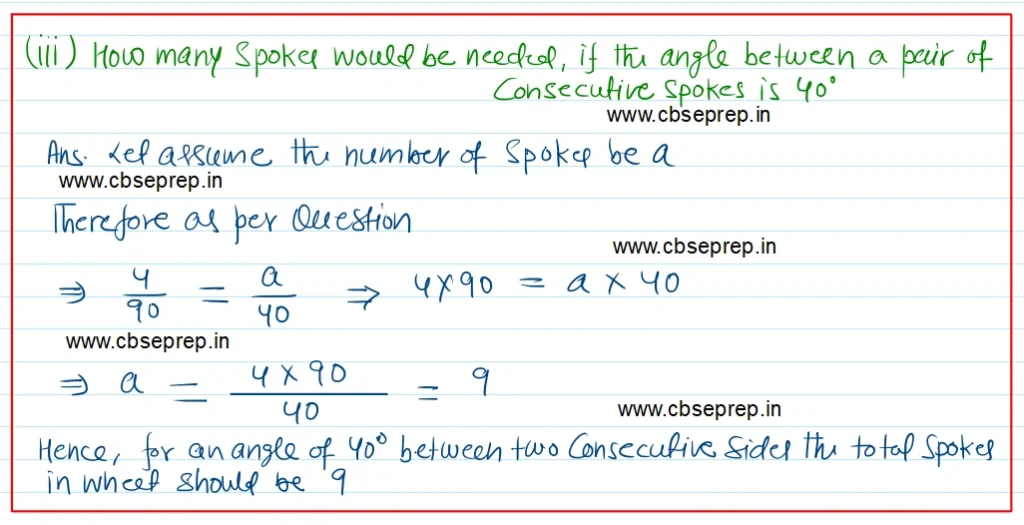

Solution:-
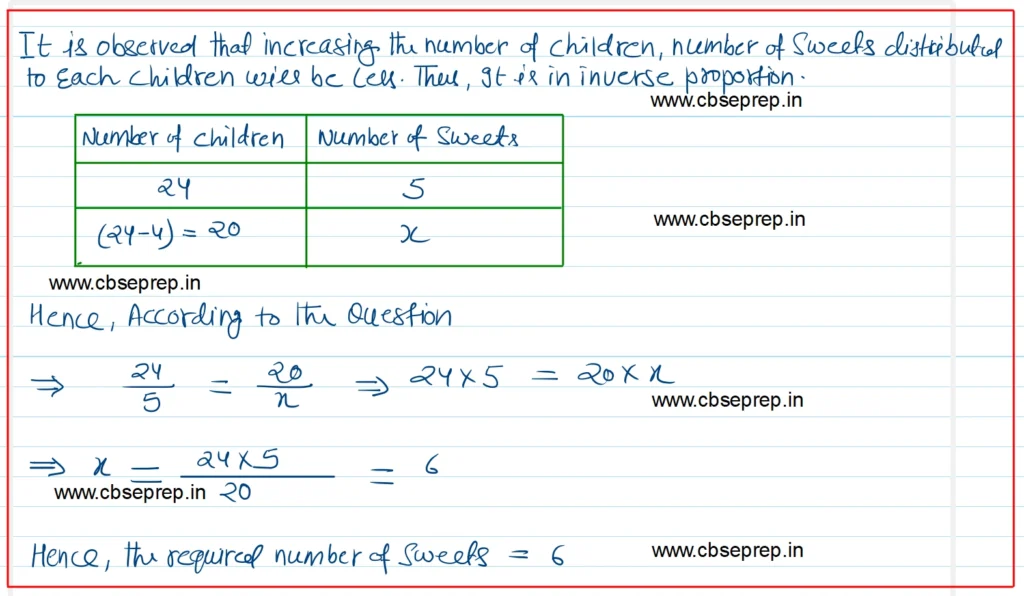

Solution:-
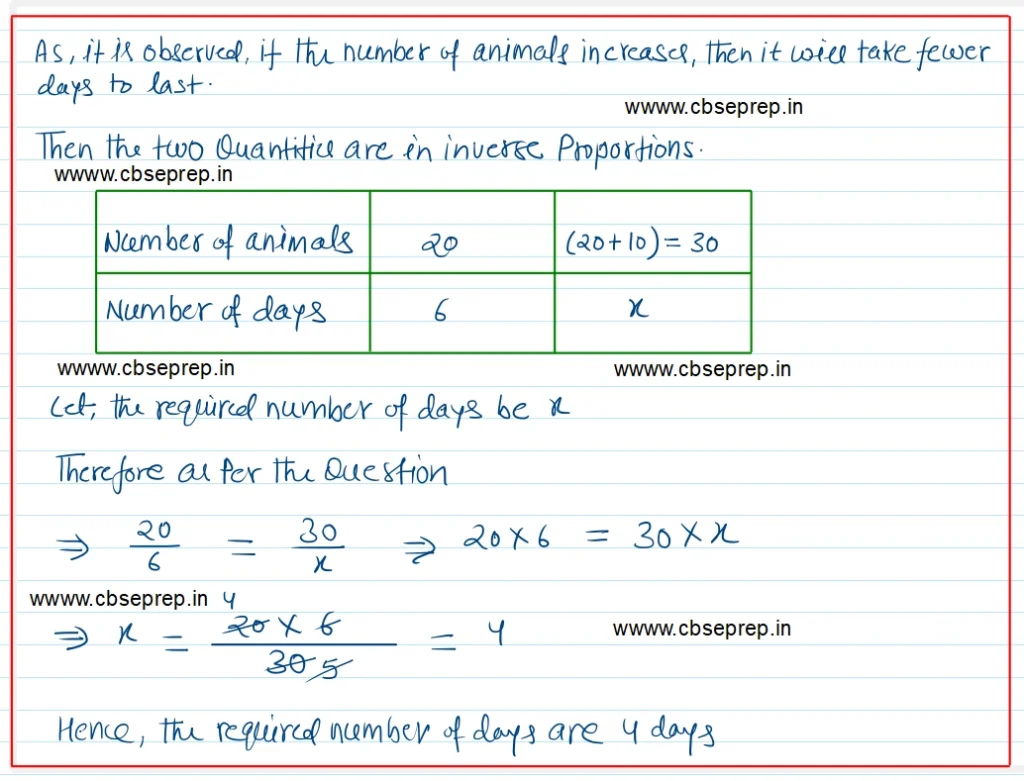

Solution:-
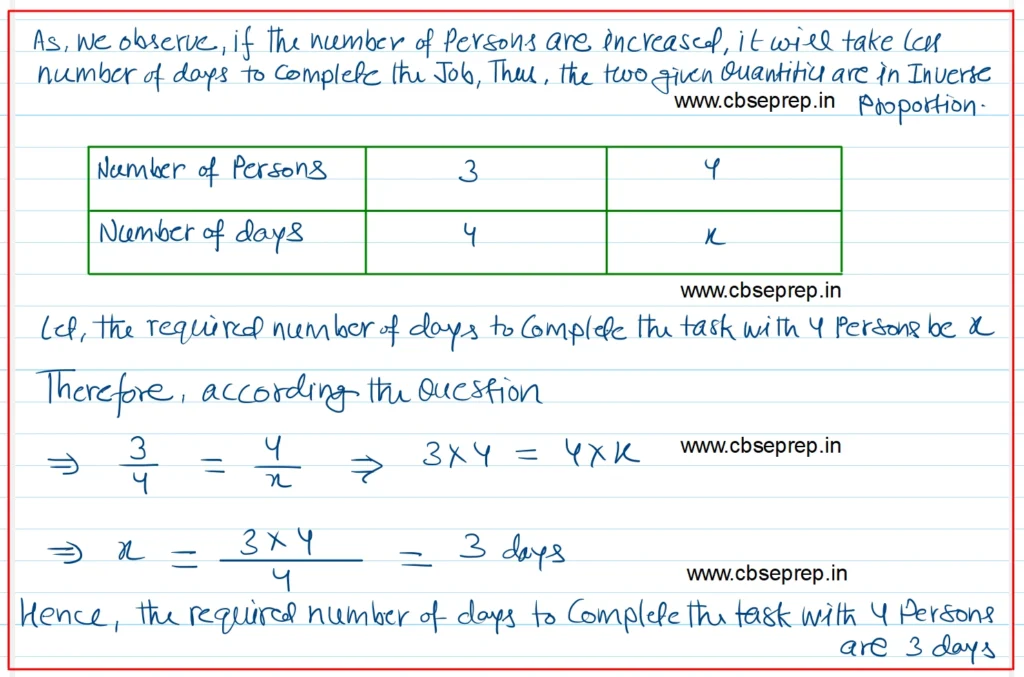

Solution:-
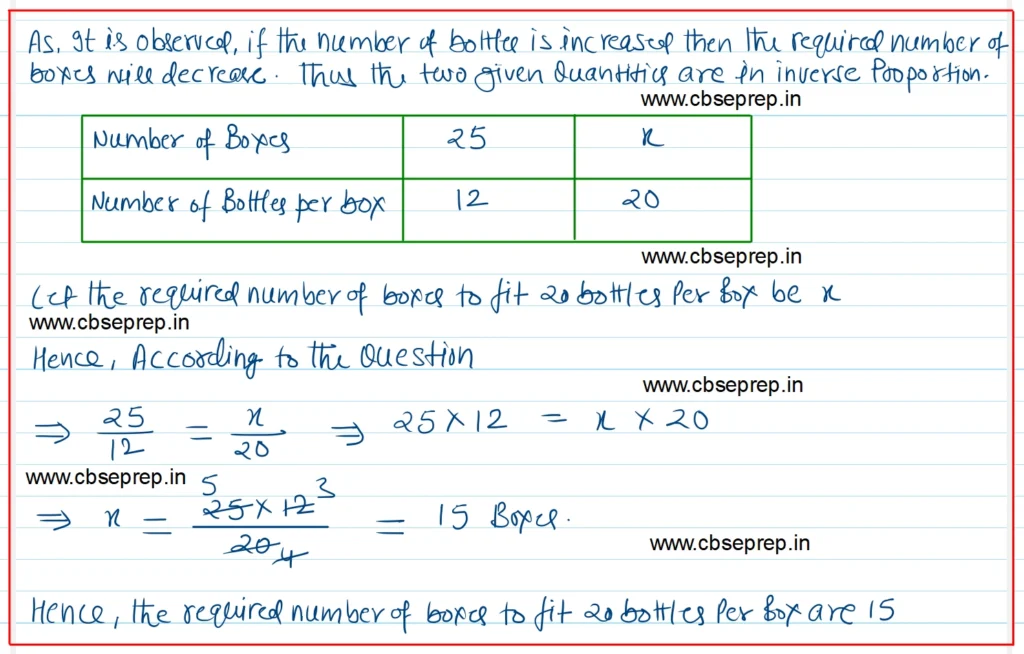

Solution:-
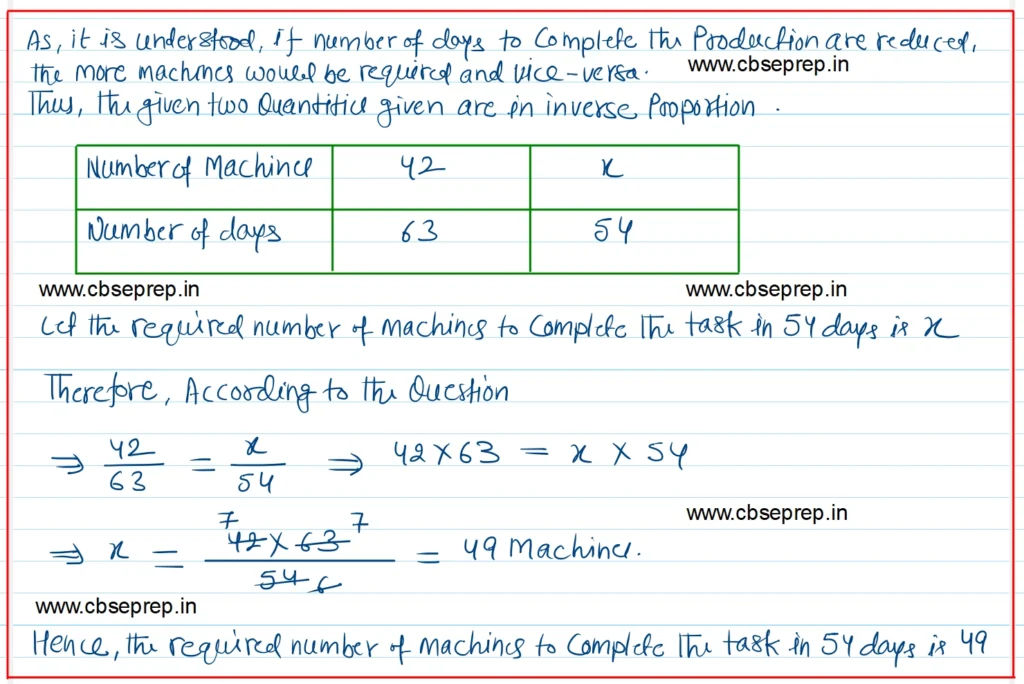

Solution:-
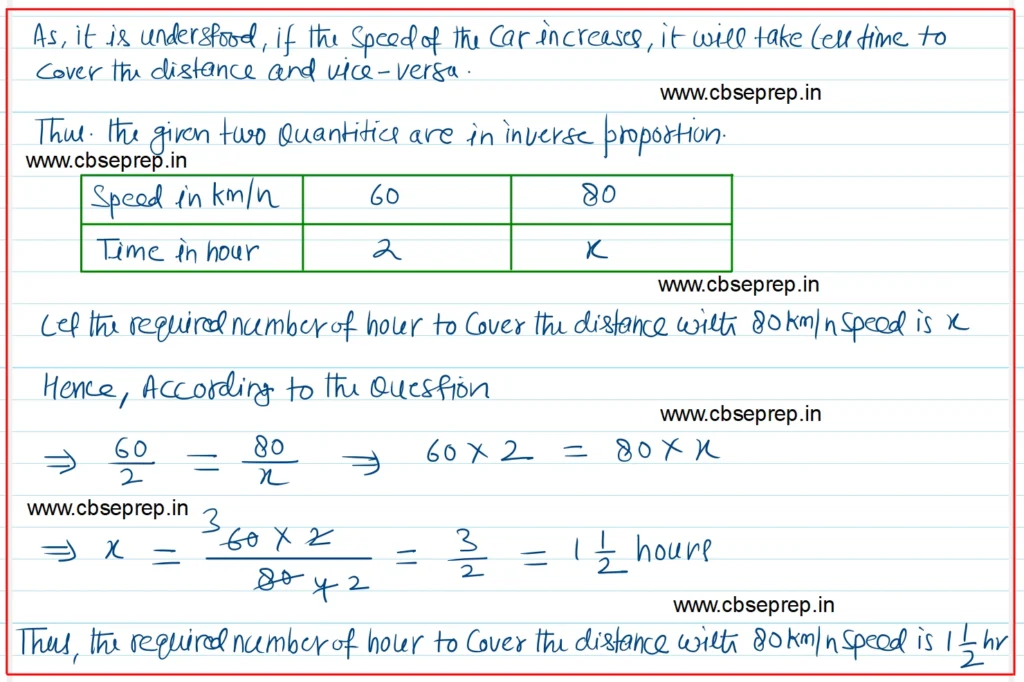

Solution:-
